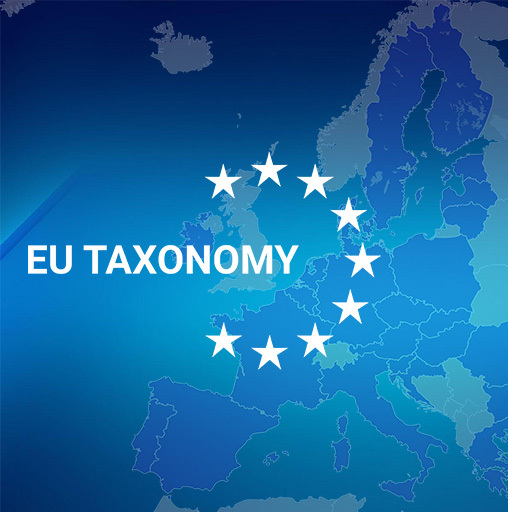The concept of sustainability has spread from international public discourse and development to private sector businesses, including players in the financial markets. Last week, representatives from Greens Token and Civic Exchange had a casual chat on sustainable finance on Twitter Space. More specifically, we looked at the application of sustainability in the financial industry.
The term “sustainable finance” is used to describe any type of financial activity that considers sustainability, through all asset classes (which would include equity, debt, both bonds and loads, and other asset classes including commodities or derivatives), and across different goods and services, varying from corporate loans to mutual funds with shares of sustainable companies offered to retail investors.
Introducing E.U. Taxonomy
Regulators have been working to define sustainable activities in ever-clearer terms. The European Union has made the most progress in this area. The European Union Taxonomy establishes performance benchmarks (sometimes known as “technical screening criteria”) for economic activities, broken down by sector and sub-sector. It was initially published in draught form in March 2020.
EU Taxonomy
The taxonomy is unconcerned with the type of financing or financial instruments used. Any investment or lending for a recognised activity, whether through a loan, a green bond, or project financing, would count as sustainable once the taxonomy is in effect.
The high amount of descriptive material provided by the EU taxonomy for each and every covered sub-sector is noteworthy.
EU Taxonomy Environmental Objectives
Activities must significantly advance at least one of the following six environmental goals in order to qualify as “green”: pollution prevention and control, biodiversity preservation, climate change adaptation, sustainable use and protection of water and marine resources, and the preservation and restoration of ecosystems and biodiversity. Additionally, they must specifically uphold the other five objectives and adhere to a number of basic safety requirements.
Sector example under the E.U. Taxonomy: Cogeneration Technology
If it can be shown that the life cycle consequences for producing 1 kWh of heat/cool and power are below the falling threshold, any cogeneration technology may be included in the taxonomy. Declining threshold: The cogeneration threshold is 100 gCO2e/kWh for combined heat/cool and power.
In order to achieve net-zero CO2 emissions in 2050, this threshold will be decreased every five years.
When the first request for taxonomy approval is made, the requirement must be met.
In order to continue operations after 2050, it must be technically possible to achieve net-zero emissions.




